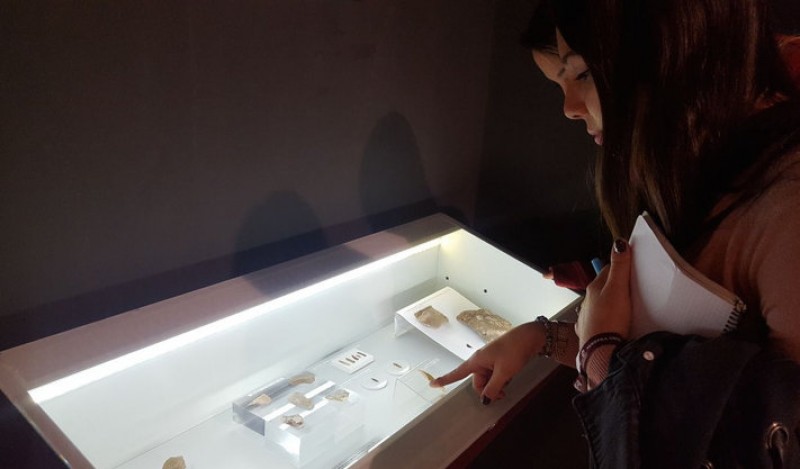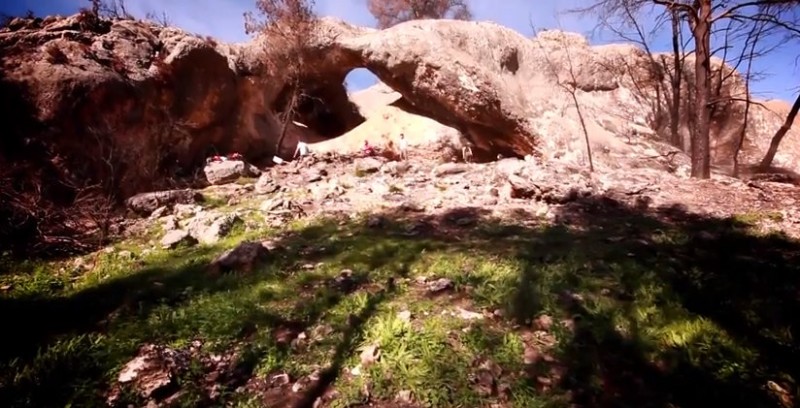- Region
- Vega baja
- Marina Alta
- Marina Baixa
- Alicante
- Baix Vinalopo
- Alto & Mitja Vinalopo
-
ALL TOWNS
- ALICANTE TOWNS
- Albatera
- Alfaz Del Pi
- Alicante City
- Alcoy
- Almoradi
- Benitatxell
- Bigastro
- Benferri
- Benidorm
- Calosa de Segura
- Calpe
- Catral
- Costa Blanca
- Cox
- Daya Vieja
- Denia
- Elche
- Elda
- Granja de Rocamora
- Guardamar del Segura
- Jacarilla
- Los Montesinos
- Orihuela
- Pedreguer
- Pilar de Horadada
- Playa Flamenca
- Quesada
- Rafal
- Redovan
- Rojales
- San Isidro
- Torrevieja
- Comunidad Valenciana
Cueva del Arco in Cieza, prehistoric art and a site which was occupied by in Neanderthal times
The Cieza caves may help explain how and why the Neanderthals died out
The Cueva del Arco in Cieza is a spectacular rock formation where a large arch has been formed by erosion, hence its name, and the caves in the area are also home to some of the finest examples of prehistoric rock art yet found in the Region of Murcia.
The site was first explored in 1992, when two cavers informed the Museo Arqueológico Municipal de Cieza that they had found cave paintings and other objects.
In the caves known collectively as Abrigo I a stone mill was found with the remnants of red paint partially obscured by a layer of calcite, indicating that the painting must be thousands of years old, and similar markings were found on a punching device nearby, suggesting that this tool was used to produce the paint by crushing and mixing natural ingredients. Actual paintings have been found in only one cave here, representing four figures: two small horse heads, an animal which may be a goat or a deer, and a red symbol typical of paleolithic art in this area of Spain.
Similarly, at the Abrigo II site there are two paintings of goats which are reminiscent of others found further afield in the north of Spain, while another 21 are hard to decipher, and all of the images are believed to date from the late Magdalenian period around 15,000 years ago..

But more recent discoveries at the Cueva del Arco have led to the conclusion that this area of the Almadenes canyon was inhabited by humans and their precursors as long as 45,000 years ago. These findings include flint tools, spear or arrow heads and ceramics, and the evidence suggests that the caves were used during the transition from the dominance of the Neanderthals and the emergence of Homo Sapiens 30,000 years ago.
More recent artefacts fating from the Neolithic (6,000 years ago) have also been unearthed during excavations which were undertaken following a wildfire in the area in 2015, and it is hoped that more discoveries will help to shed light on the period when the Neanderthals died out in Europe between 39 and 41 thousand years ago.
Click for further information about Cieza



